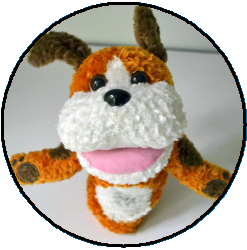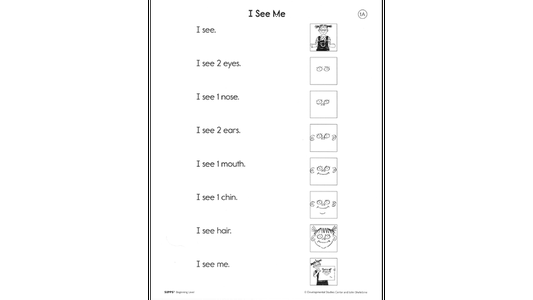 |
WWW.MrDayton.NETMr. Dayton's Webpage |
|---|
 |
WWW.MrDayton.NETMr. Dayton's Webpage |
|---|
ReadingContinue the stories at http://mrdayton.net/ 1. Practice new sight words by looking at them in the song. 2. Practice new blending words by sounding them out: mat= “mmmaaaattt”. 3. Now practice reading the story slowly: “I see a mmmmaaaatttt.” 4. Repeat the sentence quickly: “I see a mat.” 5. Practice the story several times over the day. 6. Reread the old story before starting on the next story. 7. If your child is going too slowly, go back 5-10 stories and start again with easier stories. 8. Try for one of these goals by the end of summer: #30 or #55 or the Harder Stories.MathContinue (after Math Module 5) with Math Module 6 1. Go to https://www.engageny.org/resource/kindergarten-mathematics-module-6 (Choose your language at the top.) 2. Read the center overview. 3. Go down the center column to “downloadable resources”. 6. Click on Kindergarten Mathematics Module 6 View PDF 7. Go to the end of each lesson where the worksheets are and do them on your own paper.Science and Art and Writing1. Pick an animal from this zoo animal video: https://www.youtube.com/watch?v=VSGy007Awzg 2. Discuss with your child how the animal survives (uses its body parts to live). 3. Find the animal at this art drawing website: https://www.youtube.com/playlist?list=PLnoO3k54vcBTWDArEYxKGDBZXkVv7GM1F 4. Encourage your child to draw the animal on paper. 5. Use the sight word list and the zoophonics letters to write a sentence about the animal and how it survives. Example: The giraffe has a long neck to get leaves. |
Lecturacontinúa las historias en: http://mrdayton.net/ 1. Practique nuevas palabras a primera vista mirándolas en la canción. 2Practique nuevas palabras de mezcla al pronunciarlas: mat = "mmmaaaattt". 3. Ahora practique leyendo la historia lentamente: "Veo un mmmmaaaatttt". 4. Repita la oración rápidamente: "Veo un tapete". 5. Practique la historia varias veces durante el día. 6. Vuelva a leer la historia anterior antes de comenzar con la siguiente. 7. Si su hijo va demasiado lento, regrese 5-10 cuentos y comience nuevamente con cuentos más fáciles. 8. Intenta alcanzar uno de estos objetivos para fines de verano: # 30 o # 55 o Harder Stories.Matemáticascontinuar (después del Módulo de Matemáticas 5) con el Módulo de Matemáticas 6: 1. https://www.engageny.org/resource/kindergarten-mathematics-module-6. (Elija su idioma en la parte superior). 2. Lea la descripción general del centro. 3. Vaya a la columna central a "recursos descargables". 6. Haga clic en Módulo de Matemáticas de Kindergarten 6 Ver PDF 7. Vaya al final de cada lección donde están las hojas de trabajo y hágalas en su propio papel.Ciencia y arte y escritura1. Seleccione un animal de este video de animales de zoológico: https://www.youtube.com/watch?v=VSGy007Awzg 2. Discuta con su hijo cómo sobrevive el animal (usa sus partes del cuerpo para vivir). 3. Encuentre al animal en este sitio web de dibujo artístico: https://www.youtube.com/playlist?list=PLnoO3k54vcBTWDArEYxKGDBZXkVv7GM1F 4. Anime a su hijo a dibujar el animal en papel. 5. Utilice la lista de palabras de uso frecuente y las letras zoofónicas para escribir una oración sobre el animal y cómo sobrevive. Ejemplo: la jirafa tiene un cuello largo para obtener hojas. |
|---|
Stories to read |
1a 1b 1c 1d 2a 2b 2c 2d 3 4 5 6 7 8 9 10 11 12 13 14 | 15 16 17 18 19 20 21 22 23 24 25 26 27 28 29 30 31 32 33 34 | 35 36 37 38 39 40 41 42 43 44 45 46 47 48 49 50 51 52 53 54 55 Sight Word Song |
|---|
(Note: this document is not necessarily compliant.)